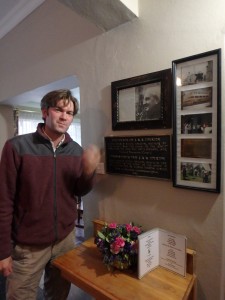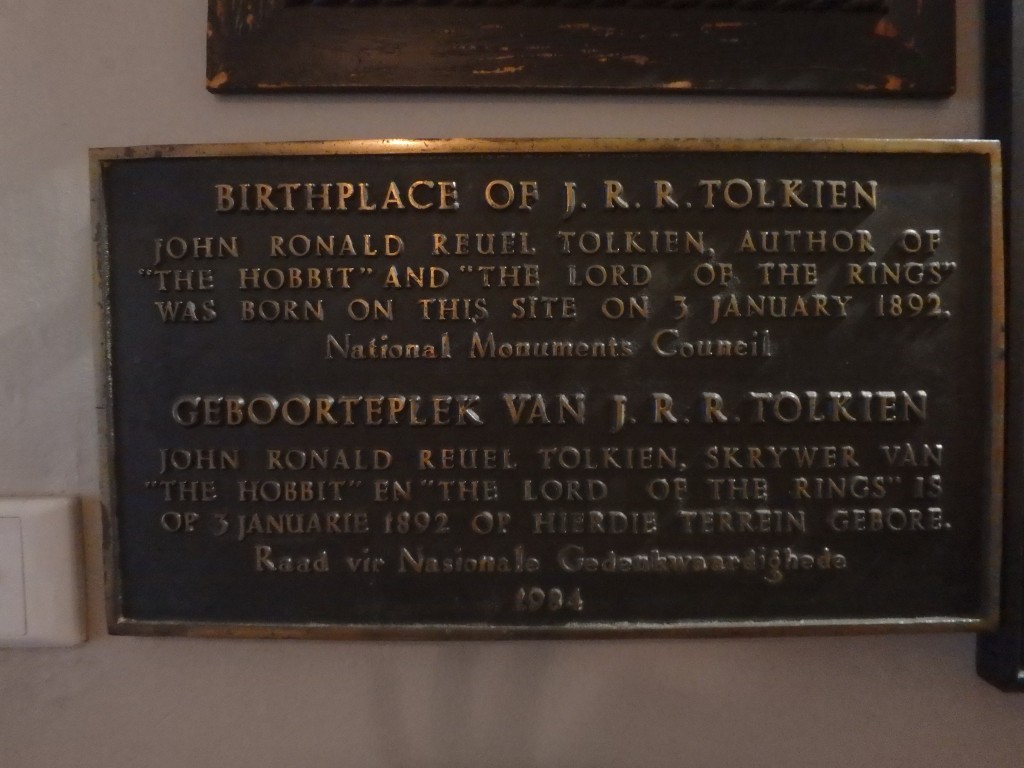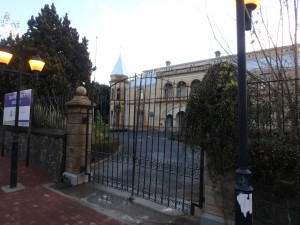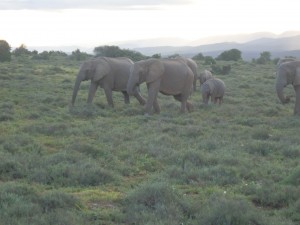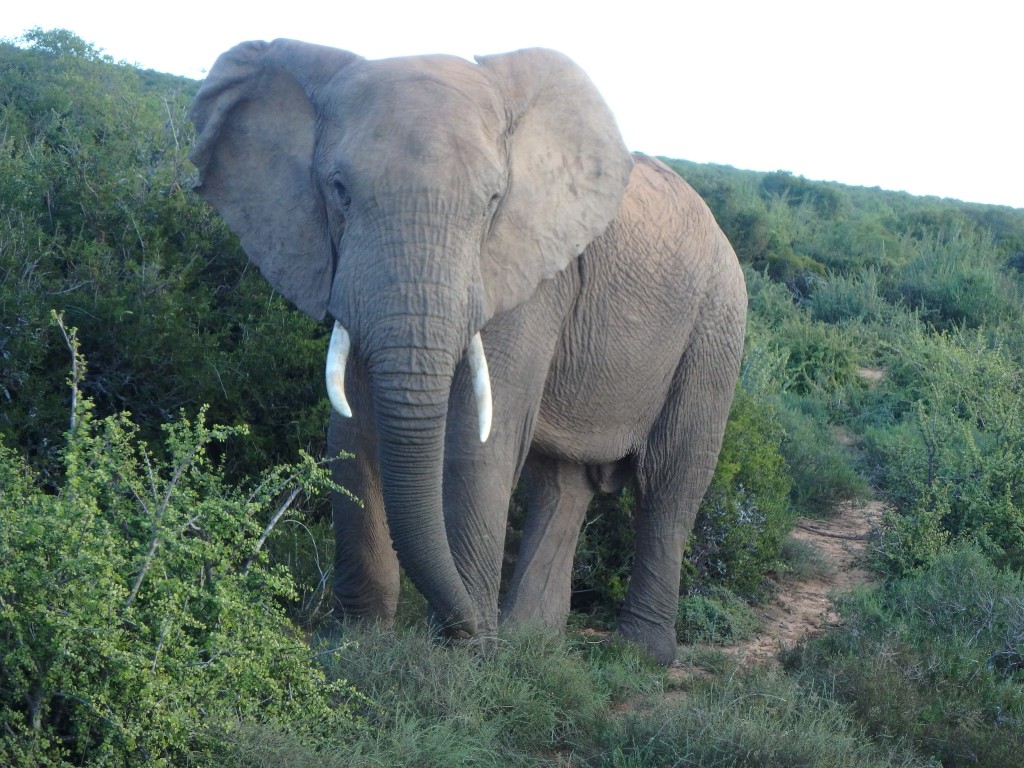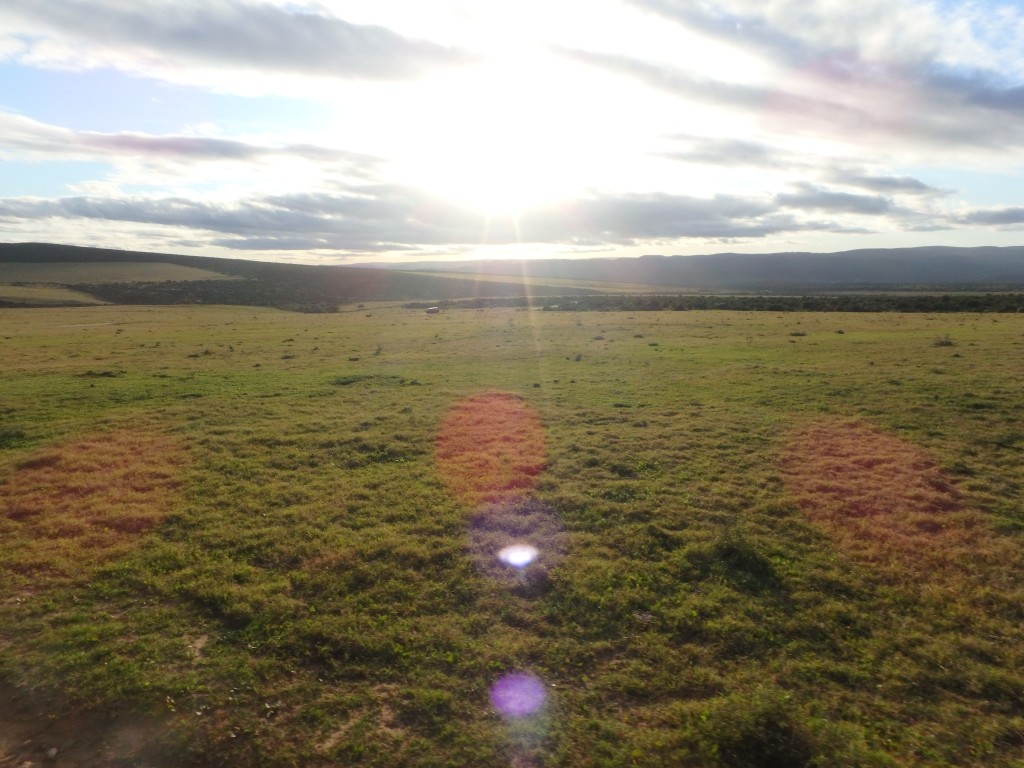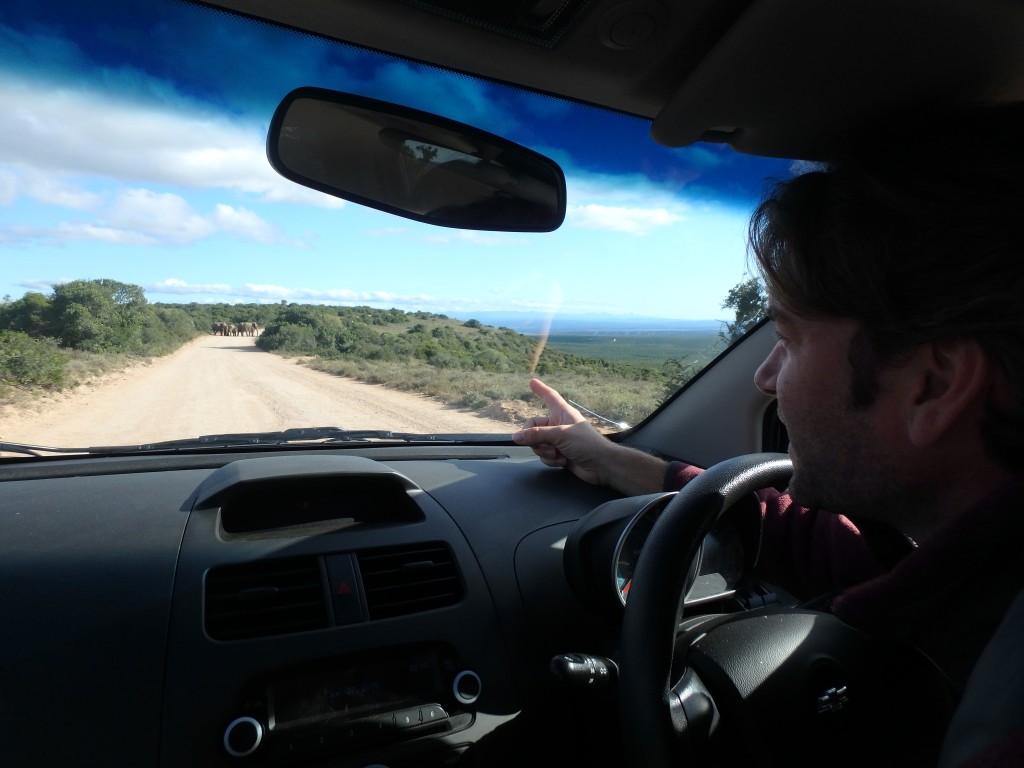http://solent-art.co.uk/category/paintings/media/oil/page/3 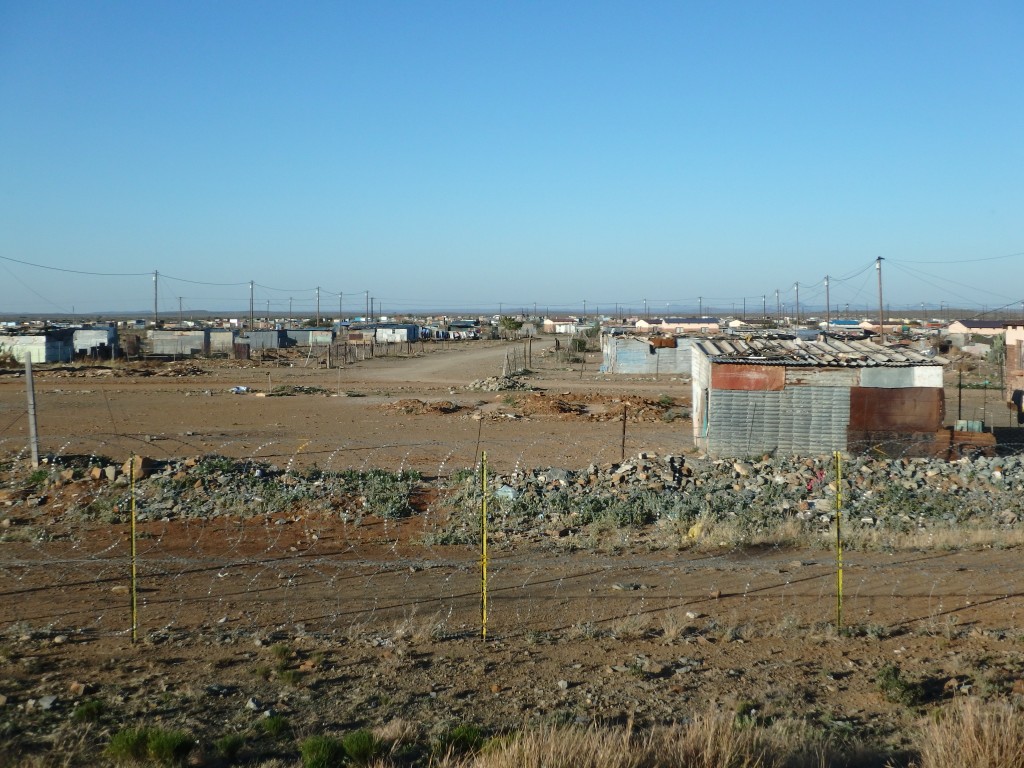 I expressed some dissatisfaction, in my last post, with the ANC’s “revolutionary” rhetoric about keeping alive the “spirit of ’76” while neglecting the tasks which actually could make people’s lives better: and here is a good time to offer some more general assessments of what I have seen so far in South Africa.
I expressed some dissatisfaction, in my last post, with the ANC’s “revolutionary” rhetoric about keeping alive the “spirit of ’76” while neglecting the tasks which actually could make people’s lives better: and here is a good time to offer some more general assessments of what I have seen so far in South Africa.
http://boscrowan.co.uk/2015/02/19/a-walk-in-the-luxulyan-valley-near-loswithiel/dsc_0131/ Far and away the most distinctive trait of the social life of the country is economic stratification by neighborhood. There are many many similarities between South African life and American life, though in many ways South Africa is the more diverse and extreme of the two countries, and this is certainly true in terms of economic segregation. I know that United States, Mexico, and Brazil always seem to rank highest in the world in terms of wealth disparity, but South Africa must be extremely high on the list, and in actual fact, if not in statistics, the disparities are worse here than elsewhere. Numerically, there is a greater wealth gap between a millionaire and a billionaire than between people making $20,000 a year and $200 a year, but in actual fact the millionaire and billionaire live far more similarly: here the gap between the middle-class here (making say $20,000 a year) and the desperately poor, who may make only $200, is a vast chasm. I don’t have income numbers, but large numbers of people live in corrugated-metal shacks without windows or doors; hardly a town in the whole country is without an entire neighborhood consisting of several thousand such shacks.
Towns typically consist of several discrete neighborhoods, each with clear boundaries, of remarkable economic uniformity: one where houses are all tin shacks; another where they are two-room brick cabins; another with four-room brick houses; then middle-class homes, much like middle-class homes in the United States; and then upper-class mansions. The mansions are sometimes lacking in smaller towns. South Africans call the shantytowns “informal settlements” and say that they think they just sprung up organically, but they appear highly organized: the shacks are all roughly the same size, and all look precisely like each other. It is extremely unusual to see a tin shack next to a two-room brick house, or a two-room brick house next to a four-room brick house. To me this indicates planning of some sort, presumably from the apartheid era.
I have seen no indication that any neighborhood, anywhere in the country, is “mixed-income.” The different types of housing stand apart from each other with striking clarity. In fact, the shantytowns often stand at a distance of one or two miles from the downtown area, where are the shops and jobs, and every morning and evening large numbers of people can be seen walking on pathways, often across weedy lots and empty fields, back and forth to these neighborhoods. If there were market freedom, I would presume 1) that people would put their shanties in those empty fields closer to the town 2) people would put shops along the pathways, since so many people walk along them every day. That no one does this, I presume means that there is some kind of zoning restriction in place preventing them. Zoning means planning, but I would presume that if there were planning, these walkways used by thousands of people a day would 1) be paved 2) get turned into roads 3) be turned into bus routes. None of these things are being done, nowhere in the country: as far as I can tell, everywhere in the country poor neighborhoods lack even a paved footpath to the center of town. One might say, “Well, there just isn’t enough money to put such footpaths in.” But there does seem to be enough money to enforce zoning laws, to keep poor people from settling in the empty ground closer to town.
The economic stratification of the country’s landscape goes along with another factor, which is sprawl. – This is particularly interesting for an American to see operating in another country; it works similarly in America. – Cape Town is the only place we have seen which has any density at all, and it does not, in fact, have much: mostly there is sprawl. People live in vast – never, I think, smaller than a square mile – developments which are economically homogeneous, with de facto apartheid created by the automobile. The “sundown laws” which required blacks to be out of white areas by sundown are gone; but in private, gated developments of course non-residents can be required to be gone by sundown, and anyway the distances involved, and lack of streetlights in many areas, are often sufficient to keep people in their neighborhoods after dark. The extent of these cities and towns can hardly be overstated, due to their lack of density. I hardly think there is a single poor person in the country who does not live on a plot of ground he can call his own: there are almost no apartment buildings. Sprawl is almost by definition wasteful, of course: it means many more miles of paved road, and much more gasoline, or for the poor here in South Africa, long walks to jobs, stores, schools, and so forth – a great waste of time.
If one is going to be cynical about apartheid, one would say this: it ended when whites realized that there was no need for the bad press coming from racial apartheid, when economic apartheid was completely acceptable all over the world, and just as effective. All over the U.S., there are many towns where people pay $20,000 a year or more just for the privilege of living there, in real estate taxes: and the main service provided by those taxes is to keep out the people who cannot pay it. Of course these towns are not all white, just as here in South Africa every white person is quick to point out that now people of all races live in all types of housing (the president of the country, Jacob Zuma, has spent more than $20 million on his house, which will be a fancy house, in a fancy neighborhood; and blacks now have property at every economic level all over the country. But I for one do not care much who occupies the mansions, if people are still going to live in tin shacks. For a Christian the measure of a society must be what it does for the poorest: “for what you did for the least of them, you did for me.”
